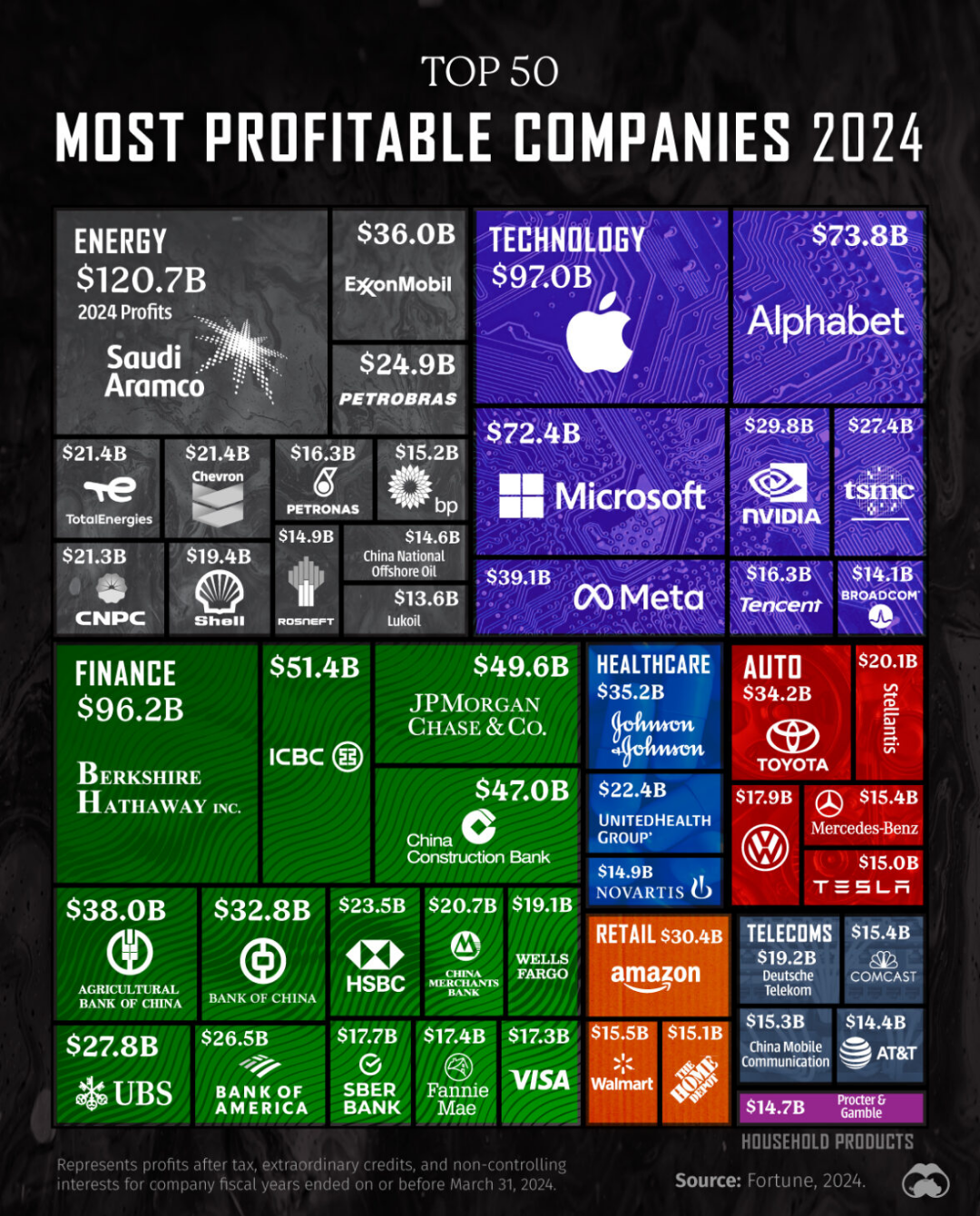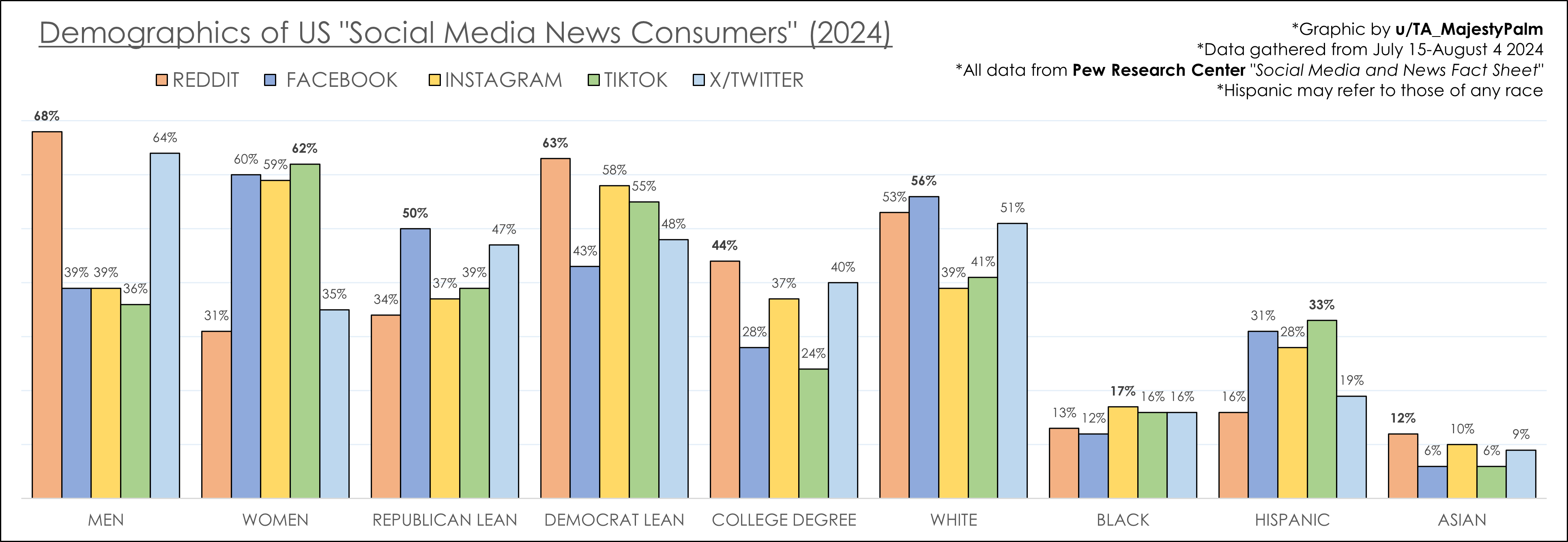How much waste does your country produce, and how efficiently is it recycled? As we grapple with rising environmental concerns, the answers to these questions become increasingly critical. This article provides an in-depth analysis of countries ranked by their waste production and recycling rates, offering a snapshot of how different nations tackle their waste challenges. From Germany's impressive recycling achievements to Turkey's problematic illegal waste disposal, we delve into the statistics and policies shaping the global waste landscape. Discover where your country stands in the battle against waste and what these rankings reveal about regional sustainability efforts.
Global Rankings: Countries by Waste Production and Recycling Rates
When examining the global landscape of waste management, certain countries stand out due to their significant waste production and recycling rates. The Global Waste Index provides insights into how different nations fare in terms of environmental impact, with notable disparities in waste management practices.
Which country has the highest waste production per capita among those listed? Bahrain leads with 907 kg per capita annually, reflecting substantial waste generation. The country's high waste production is attributed to its economic activities and limited land resources for waste management.
In contrast, which country produces the least waste per capita? Colombia records the lowest municipal waste production at 243 kg per capita. This is largely due to cultural practices and economic factors that prioritize waste minimization.
How does the United States rank in waste production? The US has a significant waste generation rate of 811 kg per capita annually. Despite its advanced infrastructure, the US faces challenges in reducing waste production, partly due to high consumption patterns.
Germany, known for its robust recycling efforts, is often highlighted for its environmental initiatives. However, what challenges does Germany face in recycling? Despite its high recycling rate, Germany struggles with effectively reusing materials, as mixed material separation poses significant challenges.
Turkey, while improving its recycling practices, faces issues with illegal waste disposal, impacting its overall environmental standing. This highlights the importance of enforcement in waste management policies to ensure sustainable practices.
| Country | Waste Production (kg/capita) | Recycling Rate (%) |
|---|---|---|
| Bahrain | 907 | Not specified |
| United States | 811 | Not specified |
| Germany | Not specified | High, but low effective reuse |
| Turkey | Not specified | Improving, with illegal disposal issues |
| Colombia | 243 | Not specified |
These rankings illustrate the complexities of waste management and recycling across different regions. Economic, cultural, and policy factors all contribute to the variations seen in waste production and recycling rates worldwide.
Waste Generation Per Capita: Highs and Lows
Which country generates the most waste per capita? Bahrain tops the list with a staggering 907 kg per person annually. This high figure is largely due to its economic activities and limited land area, which constrain waste management options.
How does the United States compare in terms of waste generation? The US follows closely with significant waste production, driven by high consumption patterns and a culture that prioritizes convenience, often at the expense of sustainability.
Which country has the lowest waste generation per capita? Colombia stands out with considerably less waste, reflecting cultural practices that emphasize frugality and reuse. Economic factors also play a role, as limited resources promote waste minimization.
The UK, on the other hand, has made strides in reducing its waste per capita, achieving a decrease of 5 kg since 2019. This improvement is attributed to effective waste management policies and increased public awareness about environmental sustainability.
- Bahrain: 907 kg/year
- United States: Significant waste generation
- Colombia: Considerably less waste
- United Kingdom: Reduced by 5 kg since 2019
These disparities underscore the influence of economic, cultural, and policy factors on national waste statistics. Countries with robust policies and cultural inclinations towards sustainability tend to generate less waste per capita, highlighting the importance of comprehensive waste management strategies.
Leading Nations in Recycling: Who's Setting the Standard?
Which countries are recognized as global leaders in recycling? Germany, Singapore, and Switzerland are at the forefront, boasting impressive recycling rates. Germany leads with 471 kg/year recycled, while both Singapore and Switzerland exceed a 50% recycling rate. These nations exemplify effective recycling practices through well-developed recycling infrastructure and innovative policies.
What strategies do these countries employ to achieve high recycling rates?
-
Germany: Known for its comprehensive waste management system, Germany implements strict regulations and incentives to encourage recycling. The country has established a robust infrastructure for collecting and processing recyclable materials, supported by public awareness campaigns that promote recycling behaviors.
-
Singapore: This city-state emphasizes technology and public education to enhance recycling efforts. Singapore's government invests in advanced waste sorting and processing facilities, while also engaging citizens through educational programs that highlight the importance of recycling.
-
Switzerland: The Swiss model focuses on community involvement and economic incentives. Switzerland has a nationwide system that encourages citizens to separate waste at the source, coupled with financial penalties for non-compliance. This approach fosters a culture of recycling and accountability.
Germany's Recycling Challenges
What are the specific challenges Germany faces in recycling? Despite its high recycling rate, Germany struggles with the separation of mixed materials, which significantly impacts its actual reuse rate, recorded at a low 16%.
The complexity arises from the difficulty in distinguishing and sorting mixed materials, which often results in contamination and reduces the efficiency of recycling processes. To address this, Germany is investing in technological advancements and research to improve material separation techniques. Additionally, there is an ongoing effort to design products that are easier to disassemble and recycle, aiming to enhance the overall effectiveness of the recycling system.
Environmental Impact and Policy Effectiveness Across Regions
What is the environmental impact of illegal waste disposal in Turkey? Turkey ranks low in environmental impact due to illegal waste disposal, which contributes to significant environmental degradation. This practice not only pollutes land and water resources but also harms ecosystems and public health. The lack of stringent enforcement and comprehensive waste management policies exacerbates these issues, highlighting the urgent need for improved regulatory measures.
How do waste management policies differ between the US and the UK? The US and UK exhibit differing trends in waste management. The UK has successfully reduced its waste per capita through effective policies and public awareness campaigns. In contrast, the US, despite having advanced waste management infrastructure, continues to face challenges with high waste generation rates. This difference underscores the importance of policy enforcement and public engagement in achieving sustainable waste management outcomes.
What role does legislation play in shaping waste management practices? Legislation is crucial in defining and enforcing waste management practices. Effective laws and regulations can drive significant improvements in waste reduction and recycling efforts. However, the success of these policies largely depends on their enforcement and the public's willingness to comply. Countries with robust legal frameworks and active enforcement tend to see better environmental outcomes, as evidenced by the UK's progress in reducing waste per capita.
Strategies for Sustainable Waste Management
What are some strategies for sustainable waste management? One prominent approach is the implementation of smart waste management systems, such as those developed by Sensoneo. These systems enhance efficiency and transparency by utilizing sensors to monitor waste levels in real-time, optimizing collection routes, and reducing fuel consumption. This technological innovation not only improves operational efficiency but also minimizes environmental impact by lowering emissions associated with waste collection.
How is smart monitoring being utilized in specific locations? In Iceland, smart monitoring initiatives have been successfully integrated to manage waste more effectively. The use of advanced sensors allows for precise tracking of waste levels, leading to more efficient waste collection schedules and reducing unnecessary trips. This results in cost savings and a smaller carbon footprint, demonstrating the effectiveness of technology in sustainable waste management.
What other innovative strategies are being implemented globally? In Ohio, waste collection optimization has been a focus, where data-driven insights are used to streamline waste management processes. By analyzing waste generation patterns, municipalities can better allocate resources and improve waste management outcomes.
- Smart Waste Management Systems: Utilizing technology like Sensoneo's sensors to enhance efficiency and transparency.
- Smart Monitoring in Iceland: Implementing sensors for real-time waste tracking to optimize collection schedules.
- Waste Collection Optimization in Ohio: Using data analytics to streamline processes and reduce emissions.
- Zero Waste Movements: Encouraging communities to minimize waste generation through recycling and composting initiatives.
- Circular Economy Models: Promoting the reuse and recycling of materials to extend their lifecycle and reduce waste.
These innovative strategies highlight the potential of technology and forward-thinking policies to transform waste management practices. By adopting such approaches, countries can move towards more sustainable waste disposal methods, reducing their environmental impact and promoting a circular economy.
The Future of Recycling: Trends and Innovations
What role do technological advancements play in modern recycling? Technological advancements are vital in overcoming recycling challenges, particularly with complex materials like e-waste and plastics.
By integrating cutting-edge technologies, recycling processes become more efficient and effective, addressing these complexities head-on. For instance, digital tools are being increasingly adopted to streamline waste management operations, allowing for more precise sorting and processing of recyclable materials. These tools enhance recycling efficiency by facilitating better tracking and management, ultimately leading to higher recycling rates and reduced waste.
How does waste-to-energy conversion contribute to recycling innovation? Waste-to-energy conversion stands out as a promising innovation, offering a dual benefit of waste reduction and energy production.
This process involves transforming non-recyclable waste materials into usable energy, such as electricity or heat. By diverting waste from landfills, it not only reduces environmental impact but also provides a renewable energy source, contributing to a more sustainable waste management system.
| Innovation | Description |
|---|---|
| Advanced Sorting Technologies | Utilize AI and machine learning to enhance the separation of recyclable materials. |
| Digital Waste Tracking | Employs sensors and software to monitor waste streams and optimize recycling processes. |
| Biodegradable Plastics | Developed to break down more easily, reducing long-term environmental impact. |
| Waste-to-Energy Plants | Convert non-recyclable waste into energy, reducing landfill use and generating renewable power. |
These innovations highlight the transformative potential of technology in recycling. By embracing such advancements, the recycling industry can significantly improve its processes, making strides towards a more sustainable future.
Final Words
Exploring the global landscape of waste production and recycling, we encounter a mix of challenges and successes. Key players like Germany and Singapore showcase remarkable recycling rates that set benchmarks for others, despite existing hurdles such as complicated materials separation.
The United States stands out with significantly high waste generation alongside strategic efforts to address these issues. On the opposite spectrum, Colombia offers a model of minimal waste production, emphasizing diverse regional practices.
As countries ranked by waste production and recycling reflect, policy effectiveness and innovative solutions like those by Sensoneo are reshaping waste management prospects.
A positive trajectory is possible with sustained commitment and technological innovation, promising a cleaner, more sustainable future.



